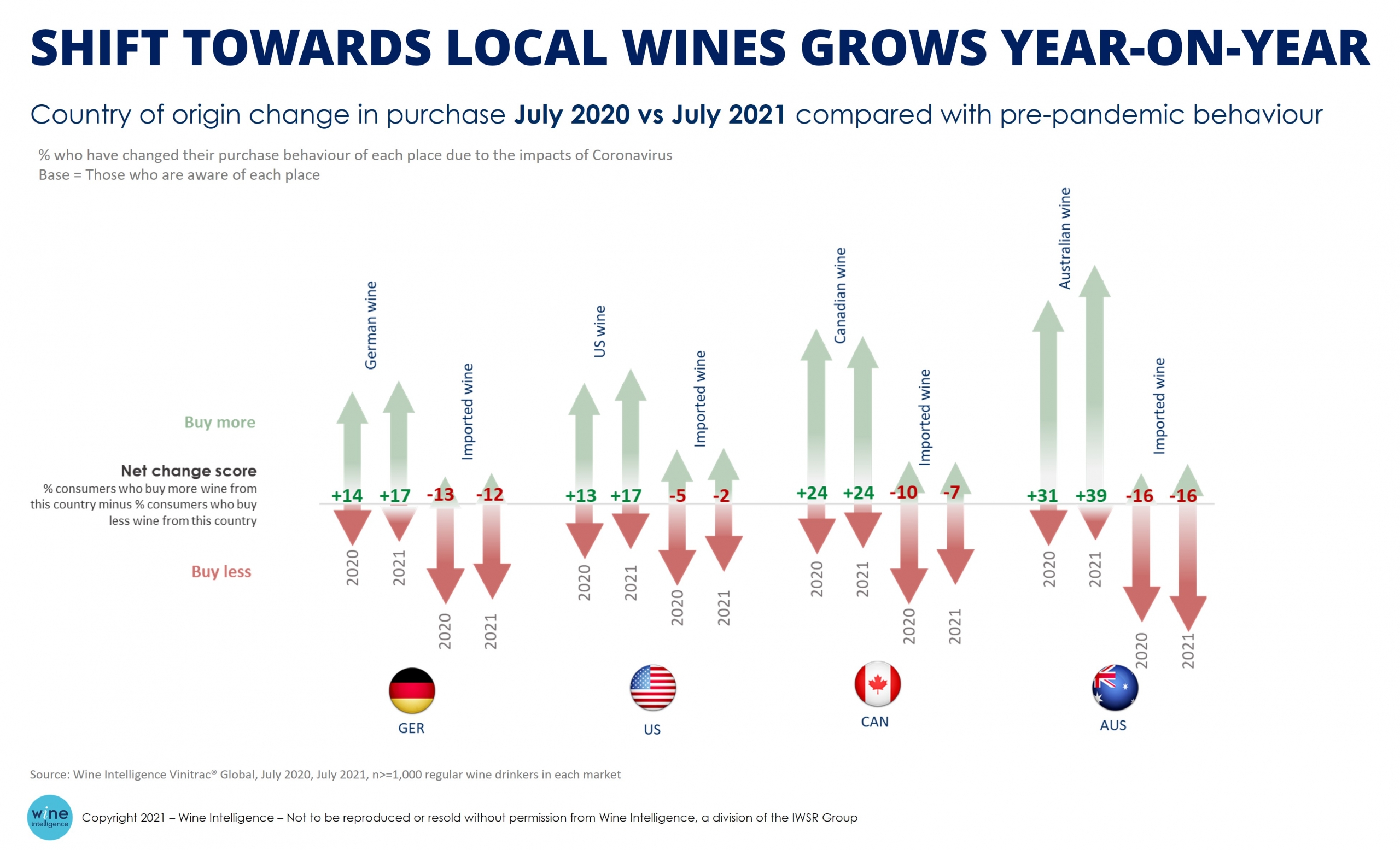A consistent theme of consumer marketing manuals is the exhortation to remain ‘close’ to your customers. The meaning of this closeness has evolved over recent decades in developed world fast-moving consumer goods (FMCG) markets. Once it meant simply having products, with appropriate prices and promotions, on store shelves where your target audience was likely to be shopping; in the internet era, brands competed to be present and influential on people’s desktops, either to occupy mindspace or to prompt an online purchase.
Most recently, as social media has become mainstream, being ‘close’ to your customers has taken on a cultural and lifestyle dimension. Using such tools as Youtube videos, Instagram, and latterly TikTok, brands have successfully inserted themselves into cultural and social narratives, to the point where media properties such as Facebook can now dominate the competition for advertising spend in a way that was unthinkable a decade ago.
In any context, successfully aligning yourself with a consumer’s sense of belonging should deliver a big payoff. For some time, locally-produced products and services have been able to tap into this need. In a study published in the European Journal of Marketing in 2015*, researchers in the UK found that shoppers increased their propensity to buy local when their sense of local identity was higher, and that this desire to support local communities could outweigh considerations of intrinsic quality in the product itself.
In the Covid era, this buy-local need was supercharged – first, by the practical issues of getting food in an environment of empty shelves and long queues at supermarkets. The biggest beneficiaries in this first waves were retailers with online capabilities, and local businesses and producers who could deliver or offer a click-and-collect service. However the second factor, the need for belonging in the local community, appears to have had a much stronger and long-lasting effect.
In a survey conducted across 20 markets by Accenture during June and July 2020, researchers found that around 6 in 10 consumers said they were actively seeking out locally-sourced products, and 80% of them said they thought they would continue this behaviour once lockdowns had finished. This aligned with Wine Intelligence insight, collected among monthly wine drinkers in 9 key consumption markets in 2020, which showed a strong net preference for buying local wine where it was available. This was particularly true in the markets in the survey where the local wine offer was widely available and reasonably priced.
Wind the clock on 12 months, and the latest Wine Intelligence data (from July 2021) suggests that the trend for favouring local wines over imported wines has persisted – and in some markets has actually strengthened. We asked consumers about their wine purchasing habits, compared with their pre-pandemic behaviour, over a series of surveys – starting in April 2020 and most recently in July 2021. In each survey they were asked whether they were buying more or less wine produced domestically, and more or less from import origins. We used the resulting answers to calculate an index showing the net change score – subtracting those saying ‘buy less’ from those saying ‘buy more’.
In each of the four markets, imported wines continue to show a negative net purchase score (ie more people saying they are buying less of these wines than those saying they are buying more), while the domestic product shows a consistently positive score in Canada, and an increasing score in Australia, US and Germany.
Within the group of markets, Canada and Australia show a much more positive net score for local purchasing compared with Germany and the US. In all four markets, local product is widely available, and there is also a thriving direct-to-consumer channel from the producers themselves. However, the positioning of local products each market is not the same: in Australia and the US, local wines dominate at value, standard, premium and premium-plus levels; in Canada, local wines are generally priced at a premium to imports; and in Germany, there are strong local offerings at all price points, but imports account for around half of the market.
Wine Intelligence evidence suggests that the trend to buy local in wine has continued during 2021, beyond the initial shock of the Covid era. This will bring great comfort to producers well-placed to serve their domestic market, particularly as exporting currently carries higher shipping costs and bureaucracy. For domestic producers, the evidence suggests that they should increase the visibility of their local links, and make it even easier for the local community to turn their natural inclination for supporting local businesses into action, by increasing distribution to local shops and investing further in their direct-to-home business models. Another consideration would be wine tourism aimed at the local population. It’s much easier to deliver a positive brand experience if the audience doesn’t have to get on a plane to reach you.
The persistent buy-local trend will bring much less comfort to wine businesses that rely heavily on exports, particularly to those markets where a large and effective domestic wine industry exists. In these circumstances, what should wine exporters do? One solution would be to double down on markets which don’t have strong local production – markets in northern Europe and north Asia for example. Another would be to align more with local values and needs. Legally, a wine can’t deny its origin, but it can certainly do things to enhance its intrinsic appeal: focusing more on style, flavour and higher-order benefits such as sustainability and winemaking tradition.
How long will this trend last? The pandemic appears to have accelerated a trend that was already present in consumer behaviour, so the underlying desire to shop local is unlikely to go away anytime soon.
You may also be interested in reading:
- The great ‘natural experiment’: how has consumer behaviour with wine changed during 2020 and 2021
- Female premium wine drinkers drive growth in the US wine market
- Millennials drive the sparkling wine category





Leave a Reply
Want to join the discussion?Feel free to contribute!